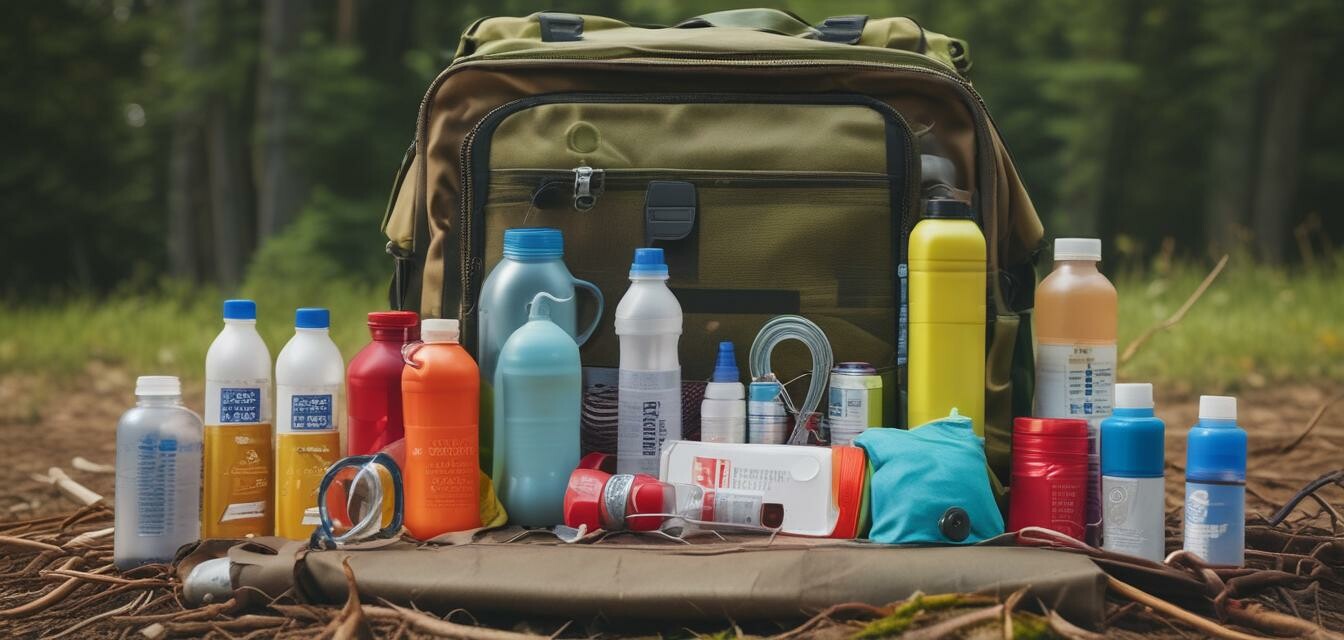
Family-Friendly Emergency Kits: What to Include
Key Takeaways
- Ensure basic needs like food, water, and hygiene supplies are included in the kit.
- Incorporate family-specific items like medications, comfort items, and entertainment for kids.
- Regularly update and review your emergency kit at least once a year.
- Involve all family members in the planning process to increase awareness and preparedness.
- Consider specialized items depending on family needs, such as infant supplies or pet care items.
Creating a family-friendly emergency kit is crucial in times of uncertainty or natural disasters. A well-prepared emergency kit equips all family members with the essentials they might need to survive in case of an unexpected situation. In this article, we’ll discuss what to include in your family emergency kit to ensure everyone is ready and well-prepared.
What to include in your family emergency kit
Basic essentials
| Item | Purpose |
|---|---|
| Water | At least 1 gallon per person per day for at least 3 days |
| Non-perishable food | 72-hour supply of food items, such as canned goods and snacks |
| First aid kit | Basic medical supplies for minor injuries |
| Flashlights | For visibility in dark situations |
| Multi-tool or knife | For various uses |
Comfort and personal items
Besides the essential items, comfort products are vital for your family during tough times. Here’s a helpful list of items to consider:
- Blankets or sleeping bags for warmth
- Comfort items for children (stuffed animals, toys)
- Books, games, and puzzles for entertainment
- Personal hygiene products (toothbrushes, wipes, etc.)
Medications
Make sure to account for each family member’s medical needs:
- Prescription medications
- Over-the-counter medications (pain relievers, allergy meds)
- First aid supplies (band-aids, antiseptics)
- Medical equipment (inhalers, spare glasses, etc.)
Special considerations for families
Each family has unique needs. Consider these factors when putting together your kit:
- Infants may need diapers, formula, and baby food.
- Pets require their food, water, and supplies.
- Plan for elderly members: Include items suited for their comfort and health.
- Customize the kit depending on specific family activities such as camping.
Best practices for maintaining your emergency kit
A good emergency kit isn’t a one-time project. Regularly reviewing and updating your kit is key to ensuring you’re ready:
- Inspect your kit every six months.
- Replace expired food and medications.
- Keep items organized and easily accessible.
- Involve your kids in the process to teach them about preparedness.
Beginner tips for creating a family emergency kit
- Start small: Add one item at a time based on importance.
- Choose a practical container that can be easily carried.
- Label everything to make it easy to find what you need.
- Make a checklist to ensure nothing is forgotten.
Conclusion
Preparing your family for emergencies requires thoughtful planning. By creating a family-friendly emergency kit tailored to your specific needs, you increase the chance of staying safe and comfortable during unexpected situations. Remember, being ready is not just about gathering supplies—it's about creating a sense of security and empowerment for your entire family.
Further Reading
Explore more on how to enhance your family’s preparedness:
